Home >

The impact of climate change in the Pacific Northwest
“Instead of feeling overwhelmed, it helps focus on the things we can control. To address climate change, we need to reduce our emissions and increase carbon sequestration. Forterra’s approach is two-fold: restoring our ecosystems, which are natural carbon sinks, and facilitating sustainable new development that both builds social equity and has a smaller carbon footprint.
“Through our community real estate program, we apply our expertise in negotiation, financing, and entitlement to support local communities in fostering well-being. One example of this is cross-laminated timber (CLT), a wood panel product made by gluing together layers of lumber stacked in alternating perpendicular directions. CLT reduces the cost of construction to make homes more affordable, creates new jobs in struggling rural communities, enhances forest health and stores more carbon when paired with sustainable harvesting. Learn about our work with a CLT modular prototype here…”
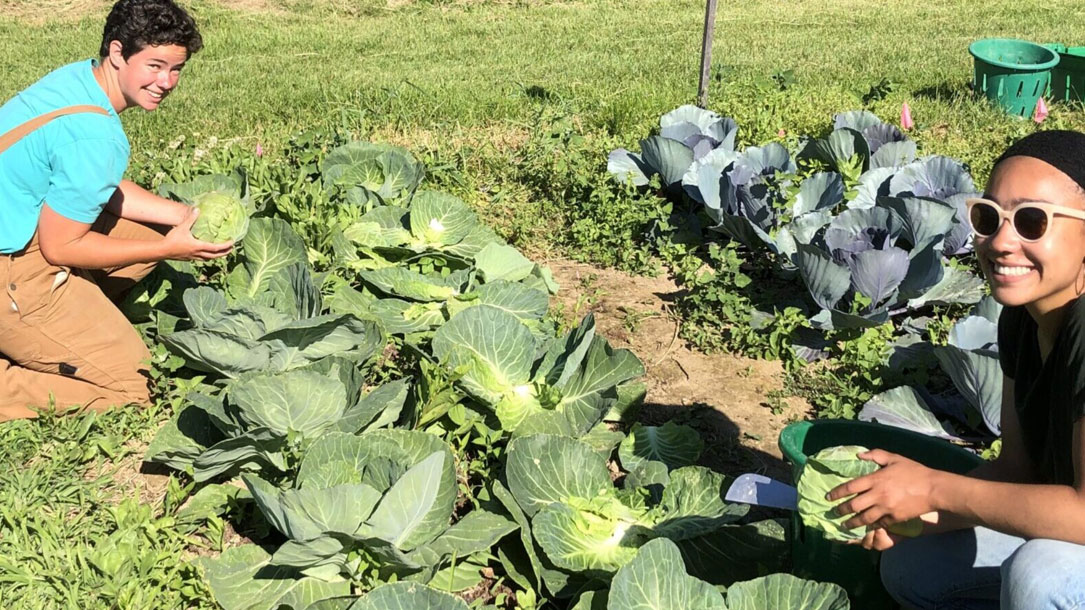
Farming with climate change in mind
“A major contributor to climate change is carbon dioxide in the atmosphere. Thankfully, trees, plants, and soils can draw carbon dioxide out of the atmosphere and respirate out oxygen. (That’s one of the many reasons why we love them so much!)
“As farmers, we’re particularly focused on regenerative agriculture, and making our soils as effective as possible at storing carbon.
“At Erickson Fields, where we grow vegetables, we avoid annual row crop farming…”
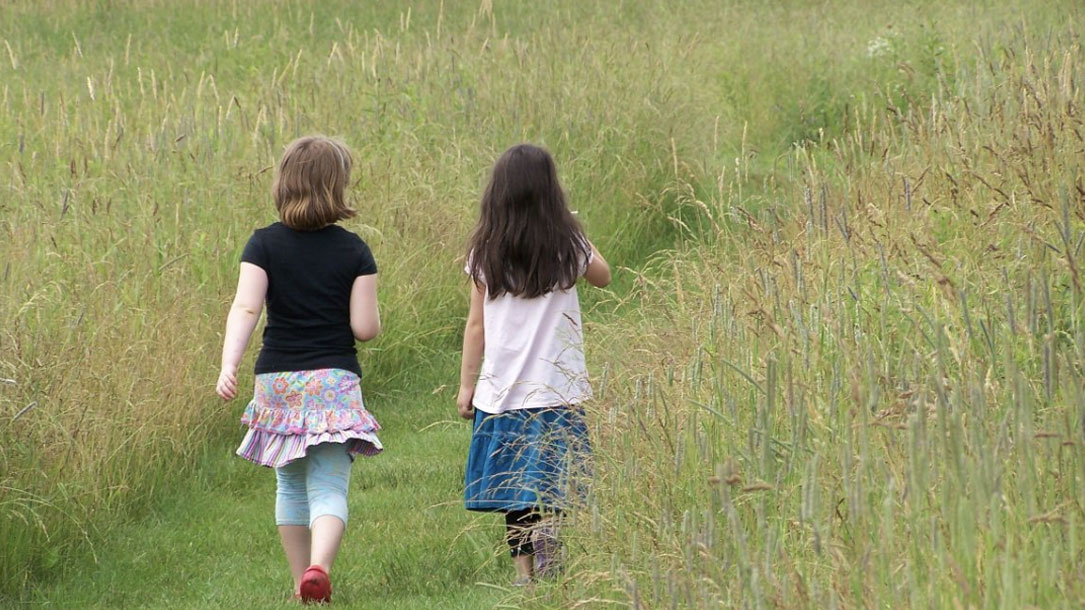
Climate change is here. Nature-based solutions can help.
Openlands works across the Chicago metropolitan region to advance nature-based solutions to climate change, improve the health and well-being of communities, and create a more verdant region for all.
Learn more about [their] work and how you can get involved to help make a more sustainable, equitable region with Openlands…
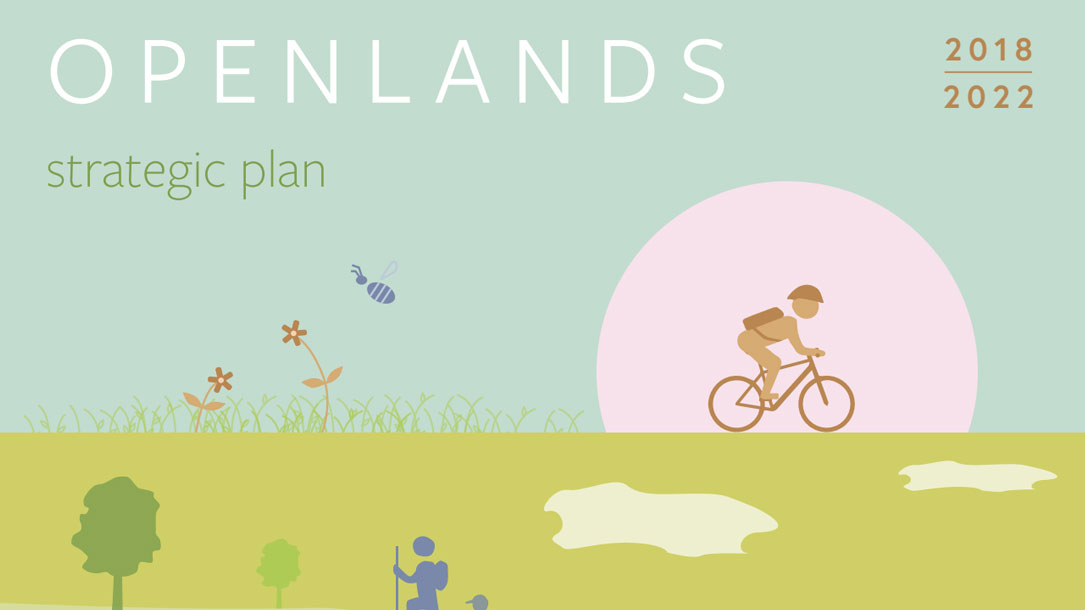
Openlands strategic plan
Openlands’ vision for the region is a landscape that includes a vast network of land and water trails, tree-lined streets, and intimate public gardens within easy reach of every city dweller. It also includes parks and preserves big enough to provide natural habitat and to give visitors a sense of the vast prairies, woodlands, and wetlands that were here before the cities. In sum, Openlands believes that protected open space is critical for the quality of life of our region.
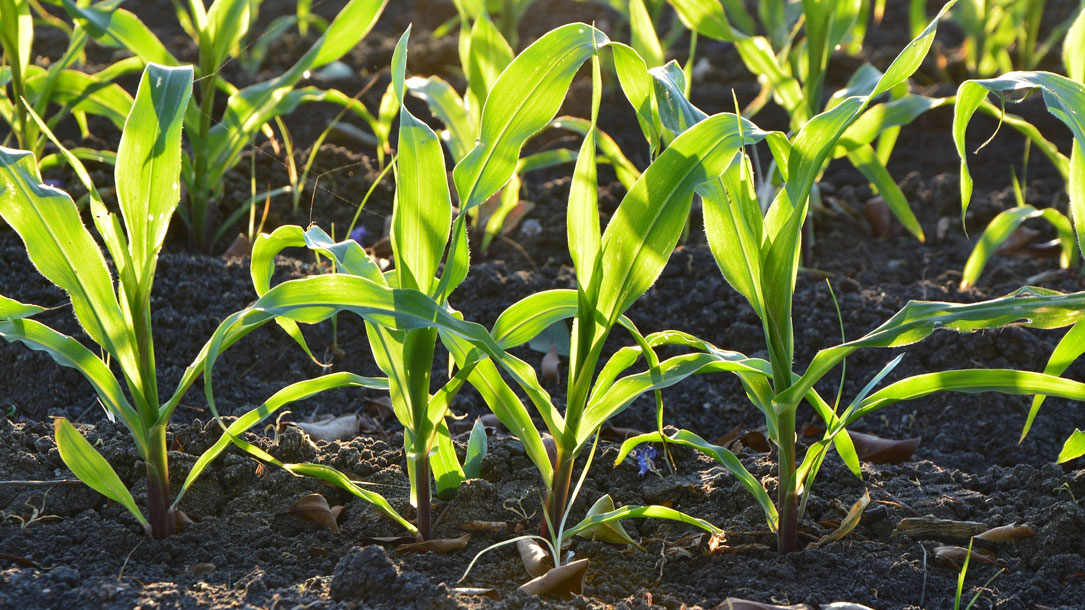
About LeadNY
LeadNY is for committed leaders in the agriculture and food sectors who wish to step up and make a difference in their community.
Our pioneering training program helps you improve your leadership skills, self-awareness, issues analysis, critical thinking and civic engagement. The skills and knowledge you learn here will help launch your career to new heights and make an impact in the communities in which we live and work. We provide professionals with skills to overcome challenges and to lead others to highly innovative and successful solutions.

Explore climate change in the American mind
Are you curious about how the American public has been feeling about climate change over time? Perhaps you’re wondering how you might engage people around the topic of climate change?
These graphs provide some clarity on how peoples’ education levels, age, and political affiliations shape their opinions around climate change.

Innovative AgriSolar design, a round-table discussion
Do you want to see solar that works with cows, horses, vineyards, orchards, vegetables, and other forms of agriculture? How about solar that doesn’t require perimeter fencing and is spaced apart to allow for equipment to grow crops or grow grass and hay crops?
Some of these solar designs might also work well for wildlife.
This webinar provides insights into what is already happening here in the U.S. and abroad. The solar developers show you what they are doing and how it can go to “scale.”
AgriSolar Clearinghouse hosts a webinar series with this round-table discussion featuring innovative solar designers Helical Solar, Sun Agri, Hyperion, Sandbox Solar, Solargik, RUTE Agrivoltaics, Soliculture, Stracker Solar, Taka Solar, and Sunstall.

New tools and strategies for educators: grades 6-12
[Yale Climate Communications has] developed materials for teachers who are interested in using [the] resources in their classrooms, such as the Yale Climate Opinion Maps and Yale Climate Connections. These materials were developed based on recommendations from educators across the United States. They aim to immerse students in climate change issues in an accessible, digestible, and interactive way…

Migratory birds can partially offset climate change
“Understanding how animals can compensate is an important part of understanding where the impacts of climate change will play out,” said Marra. “In this case, we may not lose a species entirely, but it is possible that populations of some species may go extinct locally due to climate change…
“The good news is that birds are able to respond to changes in their environment,” Dossman said. “They have some flexibility and variation in their behaviors to begin with, but the question is, have they reached the limit of their ability to respond to climate change?”…
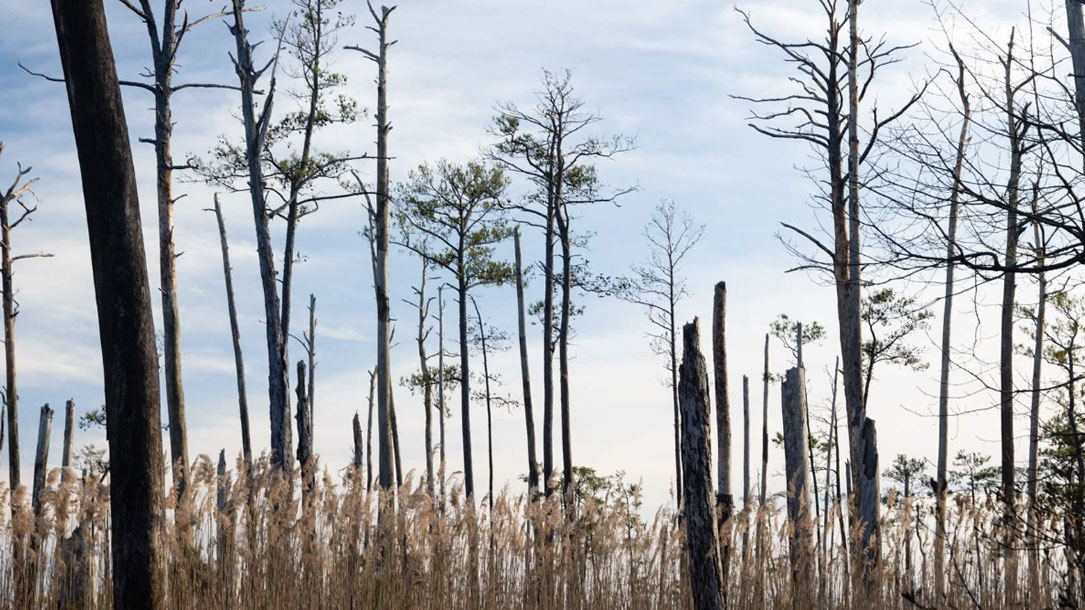
To best fight climate change, ‘Blue Carbon’ habitats must first survive it
Increasingly, U.S. coastal landscapes are home to “ghost forests”—the remnants of healthy forests ravaged by rapid saltwater intrusion and increased flooding caused by climate change-related events, such as sea-level rise, hurricanes, and drought.
Sometimes, salt-tolerant marsh grasses replace coastal freshwater forests, but because of the release of stored carbon as trees decompose, this transition may result in a temporary net loss of stored carbon and increase the release of other greenhouse gases such as methane [a very powerful climate change accelerator].
Initial research suggested that tree stems in ghost forests may serve as a type of straw, allowing the release of methane into the atmosphere from the degraded trees, said Melinda Martinez, a Mendenhall post-doctorate/research ecologist with the U.S. Geological Survey within the Wetland and Aquatic Research Center in Lafayette, Louisiana…












